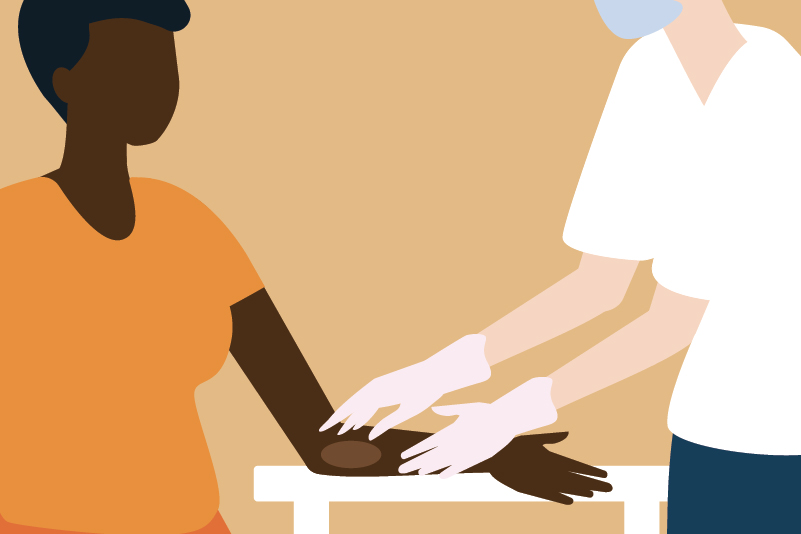#158 Is less more with isotretinoin and acne?

Reading Tools for Practice Article can earn you MainPro+ Credits
Join NowAlready a CFPCLearn Member? Log in
- Three RCTs compare conventional to low dosing:
- 60 moderate acne patients, low (0.25-0.4 mg/kg/day) or “conventional” dosing (0.5-0.7 mg/kg/day) for 24 weeks.1 Low-dose demonstrated:
- Equivalent efficacy (acne grading and lesion counts).
- Increased patient satisfaction (76% very satisfied versus 31%).
- Higher (non-significant) one year relapse rate: 18% versus 13%.
- 150 severe treatment resistant nodulocystic acne patients, 0.1 mg/kg/day, 0.5 mg/kg/day or 1.0 mg/kg/day for 20 weeks.2
- Equivalent improvement with all doses.
- Eighteen month relapse rates, from lowest-highest doses: 42%, 20%, and 10%.
- Both studies reported 16-35% fewer common side effects (chapped lips, dry skin, and epistaxis) with lower doses.1,2
- 120 mild-severe acne patients, high (1 mg/kg/day) or low-dose (20 mg/day) alternating days for 16 weeks.3 Low-dose:
- Decrease in acne load 81% versus 95%.
- Fewer side effects.
- 60 moderate acne patients, low (0.25-0.4 mg/kg/day) or “conventional” dosing (0.5-0.7 mg/kg/day) for 24 weeks.1 Low-dose demonstrated:
- Large prospective study (638 moderate acne patients, 20 mg/day for 24 weeks) reported “good results” in ~94% of patients, decreased incidence of side effects and 5% relapse at four years.4
- Smaller observational studies of ~20mg/day support these findings.5,6,7 Two report improved outcomes with a 120 mg/kg total cumulative dose.5,7
- FDA approved isotretinoin in 1982 for the treatment of severe acne in patients ≥12 years old. The recommended dosage is 0.5-1 mg/kg divided into two doses daily for 4-5 months.8
- Many lower-dose studies do not reach a similar total accumulated dose as the higher dose treatment arm(s), which may partly explain higher relapse rates.1-3
- Recommended laboratory monitoring includes triglycerides, cholesterol, transaminase, and complete blood counts.9,10
- Although there are reports of mood changes, suicidal ideation and suicide, no causal relationship is proven.9,10
- Isotretinoin is teratogenic and pregnancy must be prevented one month before, during, and after treatment.9,10






